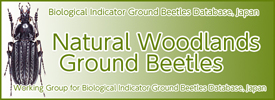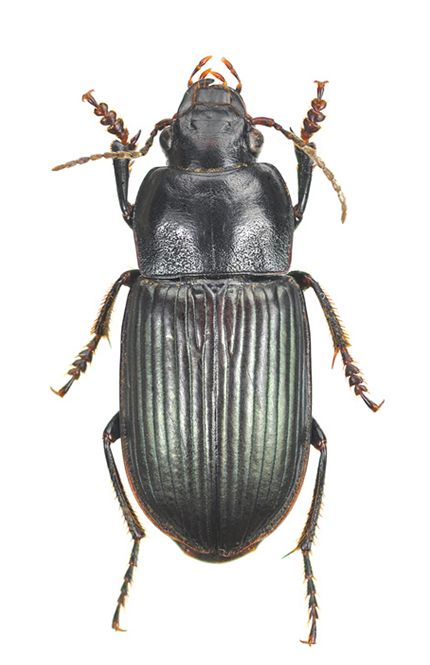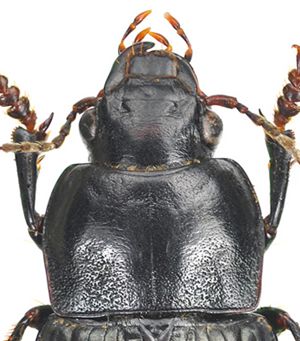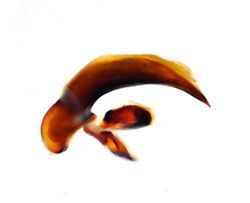| Ecology |
hygrophilous (Togashi and Ura 1994), flatland (Inoue 1952g, Ishitani 1996), subalpine (Inoue 1952g), upland farming area (Habu and Sadanaga 1961, Kimoto and Yasuda 1995, Hiramatsu 2004), farm field (Okutani et al. 1971, Inoue 1979a), paddy levee (Inoue 1974c, Inoue 1976a, Inoue 1977a), grassland (Inoue 1976c, Inoue 1977e, Higashi et al. 1983, Hiramatsu 2004), agricultural land (Inoue 1976c, Salah et al. 2004), upland field (Inoue 1977e, Kimoto and Yasuda 1995), crop field (Inoue and Hanada 1979, Inoue 1980a), riverbed (Terada 1983, Ishii et al. 1996, Ishitani 1996, Ishitani et al. 1997, Yamazaki et al. 1999, Lee and Ishii 2009, 2010), apple orchard (Koyama and Yamada 1980), bank (Togashi 1986, Aono 1987, Aono 1988), burnt field (Togashi 1988), bareland (Higashi et al. 1983), plantation's margin of Larix leptolepis saplings (Higashi et al. 1983), vineyard (Yano et al. 1989), paddy field (Yahiro et al. 1992), woods (Sunose 1992, Sunose and Kurosawa 1992), forest edge (Sunose 1992, Sunose and Kurosawa 1992), slope of mound (Sunose 1992, Sunose and Kurosawa 1992), onion field (Togashi and Kitajima 1993), pear orchard (Togashi and Ura 1994), fig orchard (Ishitani and Yano 1994, Ishitani 1996), waste land (Kimoto and Yasuda 1995), relatively dried grassland and woods in riverbed (Kimoto and Yasuda 1995), riverain grassland (Kimoto and Yasuda 1995), vineyard (Togashi and Ohbata 1995), paddy field (Kimoto and Yasuda 1995, Yahiro 2007, Lee et al. 2008, Lee and Ishii 2009), rape field (Ishitani 1996), field of residential area (Ishitani 1996), riverside forest (Hori 2003), vegetable field (Siddiquee and Nakamura 2004), forest (Suttiprapan and Nakamura 2007), urban park (Lee and Ishii 2009), Satoyama forest (Lee and Ishii 2009), gravelly floodplain (Lee and Ishii 2010), adult (Habu and Sadanaga 1961, Inoue 1980a, Ishitani 1996, Yamazaki et al. 1999), In our breeding room middle April (Habu and Sadanaga 1961), from April to May (Ishitani 1996), spring (Yamazaki et al. 1999), carnivorous (Ishitani 1996), the adults feed the ears of cereal crops heaped (Matsumura 1915, Shiraki 1940), the beetles climb the stem of cultivated Polygonum hydropiper Linne and feed its seed (Yago 1938), the larvae injure young roots of graminaceous plants (Shiraki 1940), the adults sometimes injure seeds of cereal crops (Inoue 1952e, Shiraki 1954), a predator of Pales pavida Meigen (Takaoka 1950), they move around in the soil of nurseries of Japanese cedar, seedlings are pulled out, and in addition they are gnawed off (Sato 1950, Inoue M. 1953, Uchida 1954), a predator of the eggs and larvae of Paederus fuscipes Curtis (Kurosa 1958), strawberry (Takano 1977), collected by light trapping (Inoue 1974c, Inoue 1976a, Inoue 1977a, Inoue and Hanada 1979, Yahiro 1997, Suttiprapan and Nakamura 2007, Yahiro 2007), flying in hot and breeze Spring weather frequently (Inoue 1958e), synovigenic type (Ishitani 1996) |
 |
| 






